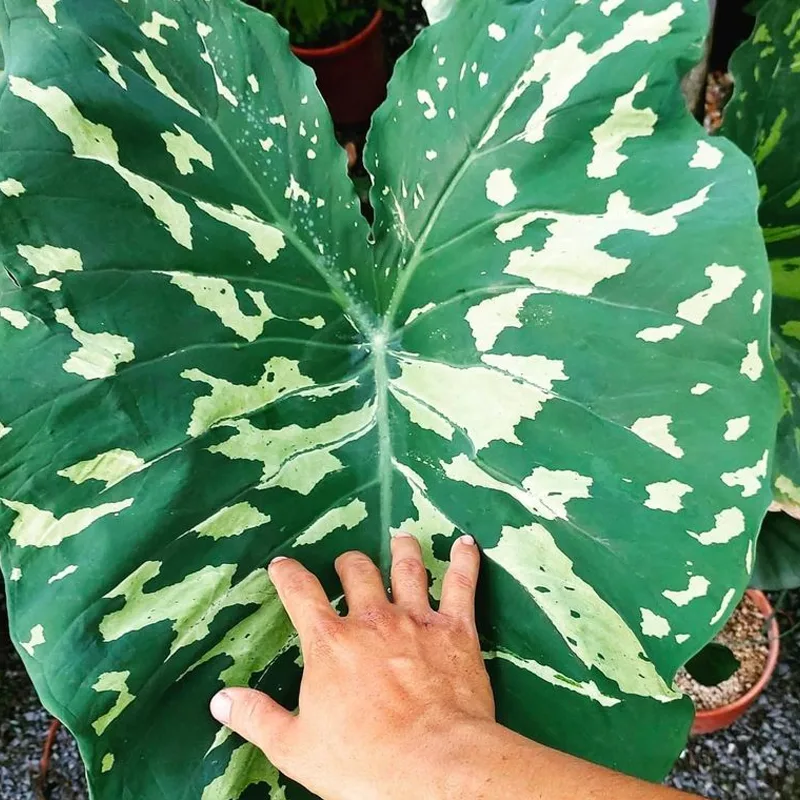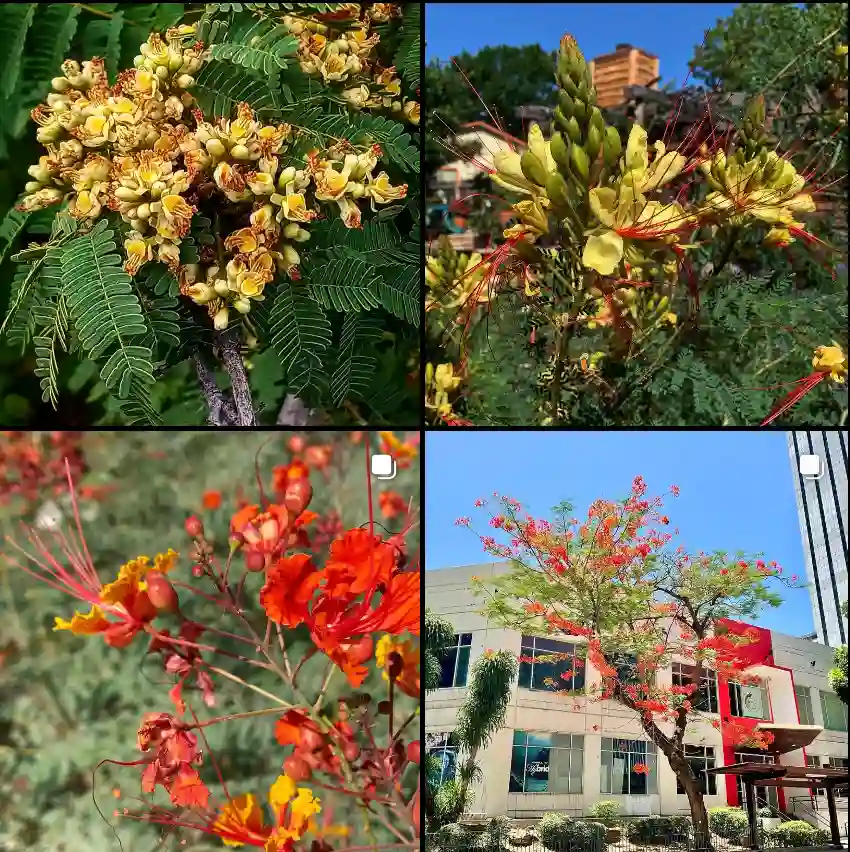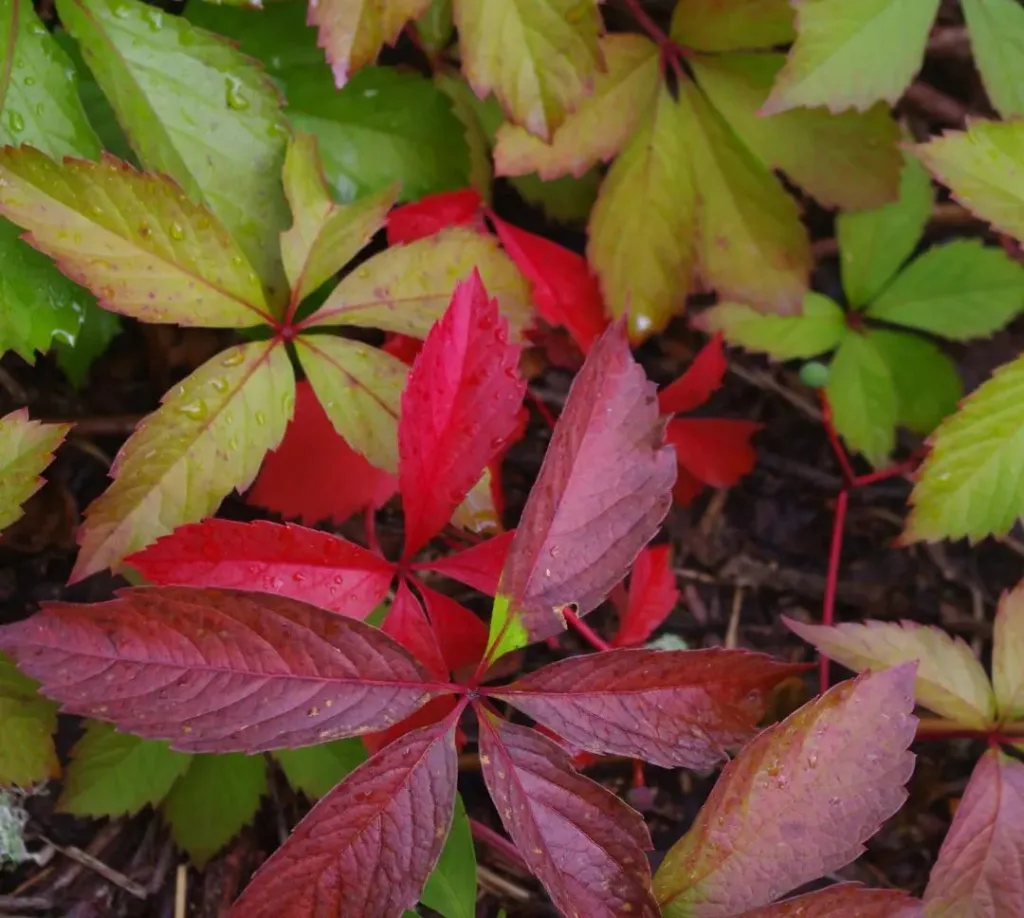The Enchanting, Yet Revolting, World of Dracunculus
My name is Ferb Vu, and I’ve always been drawn to the unusual and macabre. So naturally, when I first encountered the Dracunculus genus, I was captivated. These plants, belonging to the Araceae family, are known for their dramatic appearance and, let’s just say, their unique aroma. Imagine a flower that looks like something out of a gothic horror film, with a deep purple, almost black, spathe that unfurls to reveal a long, fleshy spadix. Now imagine that this striking beauty emits a scent that can only be described as rotting flesh. Intrigued? I certainly was.
A Closer Look at the Dragon Arums
The name Dracunculus translates to “little dragon,” which seems fitting considering the mythical appearance of these plants. The spathe, often compared to a dragon’s wing, is a modified leaf that encloses the spadix, a spike-like structure that bears the tiny flowers. The spadix itself is often a contrasting color, ranging from deep purple to almost black, creating a truly mesmerizing contrast.
But it’s the smell that truly sets Dracunculus apart. This pungent odor, designed to attract pollinators like flies and beetles, is not for the faint of heart. It’s a powerful, visceral experience that you won’t soon forget.
Species within the Dracunculus Genus
The Dracunculus genus is small, with only two recognized species:
- Dracunculus vulgaris: Commonly known as the dragon arum or voodoo lily, Dracunculus vulgaris is an eye-catching and unusual plant recognized for its large, deep maroon to nearly black spathe that encases a striking, long spadix, giving it a distinctly exotic look. Native to the Mediterranean region, this plant thrives in warm climates and has a unique flowering habit: its blooms emit a strong, carrion-like scent to attract pollinators such as flies. The deeply lobed, green leaves feature white or silver veining, adding texture to the plant’s dramatic appearance. While captivating to look at, it’s a plant best kept at a distance due to its smell, which is thankfully short-lived.
- Dracunculus canariensis: Also known as the Canary Islands dragon arum, Dracunculus canariensis is native to the Canary Islands and is slightly smaller and more subdued in appearance compared to Dracunculus vulgaris. Its dark maroon to purplish spathe surrounds a shorter, blackish spadix, and although it shares a similar appearance, it is generally more compact and adapted to the islands’ warm, subtropical conditions. This species emits a similar carrion-like scent to attract pollinators but is somewhat less intense. The plant’s green, lobed leaves are a bit less dramatic than D. vulgaris but still add an unusual touch to gardens in suitable climates, making it a rare find and a unique addition to exotic plant collections.
Despite their differences, both species share the characteristic foul odor that attracts their pollinators.
The Allure of the Unconventional
So why am I, Ferb Vu, so fascinated by these seemingly repulsive plants? Perhaps it’s their boldness, their refusal to conform to conventional notions of beauty. In a world obsessed with fragrant roses and delicate lilies, Dracunculus stands apart, unapologetically embracing its own unique, albeit pungent, charm.
Or maybe it’s the ingenious way they’ve adapted to their environment. By mimicking the smell of decay, they attract insects that are naturally drawn to carrion, ensuring their continued survival. It’s a reminder that beauty can be found in the most unexpected places, even in the midst of what we might perceive as unpleasant.
Whatever the reason, my fascination with Dracunculus continues to grow. These plants are a testament to the diversity and wonder of the natural world, proving that even the most unusual and seemingly off-putting organisms have a role to play in the intricate web of life.
If i die, water my plants!



